Home>Gardening & Outdoor>Landscaping Ideas>How To Grow Grass In A Chicken Run
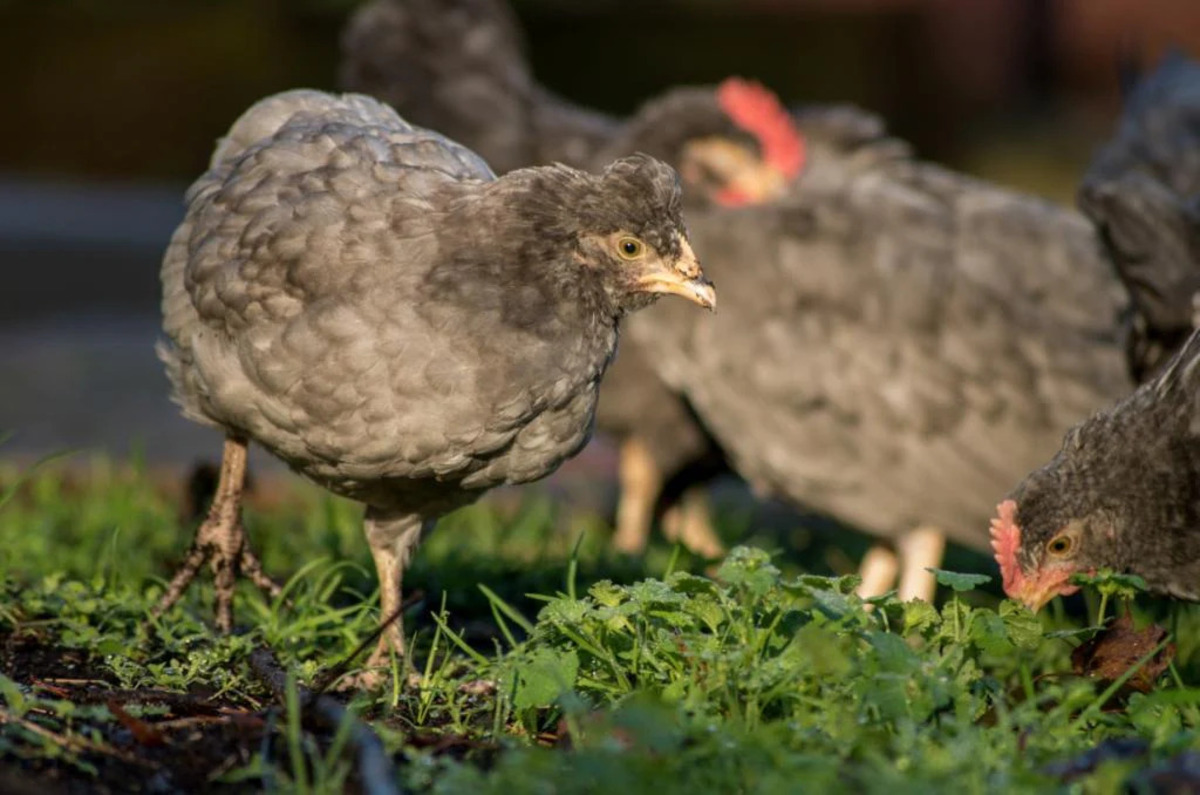

Landscaping Ideas
How To Grow Grass In A Chicken Run
Published: January 27, 2024
Learn effective landscaping ideas for growing grass in a chicken run. Discover expert tips for creating a lush and sustainable environment. Ideal for poultry owners seeking practical solutions.
(Many of the links in this article redirect to a specific reviewed product. Your purchase of these products through affiliate links helps to generate commission for Storables.com, at no extra cost. Learn more)
Introduction
Creating a lush and vibrant grassy area within a chicken run not only enhances the aesthetic appeal of the space but also provides numerous benefits for the chickens. It offers a soft and comfortable surface for the chickens to walk on, encourages natural foraging behavior, and helps in regulating the temperature within the run. However, growing grass in a chicken run comes with its own set of challenges, considering the constant pecking, scratching, and droppings that can impact the grass growth. In this comprehensive guide, we will delve into the intricacies of cultivating and maintaining healthy grass in a chicken run, from understanding the unique environment of a chicken run to selecting the right grass seed, preparing the soil, planting the grass seed, and ongoing maintenance. Whether you are a seasoned chicken keeper or a novice enthusiast, this guide will equip you with the knowledge and techniques to create a verdant oasis within your chicken run, ensuring a conducive and enriching environment for both your feathered friends and yourself.
Key Takeaways:
- Growing grass in a chicken run requires choosing durable grass varieties like perennial ryegrass and fescue, understanding soil composition, and providing proper maintenance to create a comfortable and resilient environment for chickens.
- To grow grass in a chicken run, prepare the soil by addressing drainage issues, adjusting pH levels, and removing obstacles. Plant the grass seed carefully, provide adequate irrigation, and maintain the grass to ensure a lush and vibrant chicken run.
Read more: How To Run Faster On Grass
Understanding the Chicken Run Environment
Before embarking on the journey of growing grass in a chicken run, it is crucial to grasp the unique dynamics of this environment. A chicken run is a confined outdoor space where chickens spend a significant portion of their time scratching, pecking, and roaming. This activity can take a toll on the vegetation within the run, making it essential to choose grass varieties that are resilient and can withstand the constant activity of the chickens. Additionally, the presence of chicken droppings can enrich the soil with nutrients, but it also necessitates regular maintenance to prevent the grass from being overwhelmed by excessive nitrogen.
Furthermore, the chicken run is subjected to varying degrees of sunlight and shade throughout the day, influencing the type of grass that can thrive in this environment. Understanding the patterns of sunlight and shade will aid in selecting grass species that are well-suited to these conditions. Moreover, the soil composition within the chicken run plays a pivotal role in nurturing healthy grass. Assessing the soil’s drainage capacity, nutrient levels, and pH balance is crucial in determining the amendments required to create an optimal growing environment for the grass.
By comprehending the intricacies of the chicken run environment, including the impact of chicken behavior, sunlight exposure, and soil composition, you can make informed decisions when it comes to selecting the right grass seed and implementing effective cultivation and maintenance practices.
Selecting the Right Grass Seed
Choosing the appropriate grass seed is a pivotal step in establishing a resilient and flourishing grass cover in a chicken run. Opting for grass varieties that are hardy, resilient, and suitable for high-traffic areas is imperative, considering the constant activity of the chickens. Perennial ryegrass, fescue, and Kentucky bluegrass are popular choices known for their durability and ability to withstand the wear and tear inflicted by poultry.
When selecting grass seed, it is essential to consider the light conditions within the chicken run. If the area receives ample sunlight, sun-loving grass species such as Bermuda grass or Bahia grass may thrive, while shaded areas may benefit from shade-tolerant varieties like fine fescue or creeping red fescue. Understanding the sunlight patterns in the chicken run aids in choosing grass species that are well-suited to the specific light conditions, ensuring optimal growth and coverage.
Moreover, assessing the soil composition and drainage capacity is crucial in determining the type of grass seed that will thrive in the chicken run. Soil with good drainage capabilities may accommodate a broader range of grass species, while areas with poor drainage may require grass varieties that are more tolerant of moisture, such as tall fescue or perennial ryegrass.
Considering the nutritional needs of the chickens is also important when selecting grass seed. Opting for grass varieties that are safe for chickens to consume and that provide some nutritional value can contribute to the overall well-being of the flock. Additionally, choosing grass species with dense growth habits can help in mitigating the impact of chicken activities and promoting a resilient grass cover.
By carefully evaluating the durability, light requirements, soil preferences, and nutritional value of different grass species, you can make an informed decision when selecting the right grass seed for your chicken run, setting the stage for a thriving and resilient grassy area that benefits both the chickens and the overall aesthetics of the space.
Preparing the Soil
Before sowing the chosen grass seed, preparing the soil within the chicken run is crucial to create an optimal growing environment for the grass. Soil preparation not only facilitates the establishment of healthy grass but also contributes to the overall vitality of the chicken run ecosystem. The following steps are essential in preparing the soil:
- Assessing Soil Composition: Conduct a soil test to evaluate the composition, pH levels, and nutrient content of the soil. This analysis provides valuable insights into the soil’s characteristics, enabling you to make informed decisions regarding soil amendments and fertilization.
- Improving Drainage: Address any drainage issues within the chicken run to prevent waterlogging, which can impede grass growth and promote the proliferation of undesirable plant species. Incorporating organic matter, such as compost or well-rotted manure, can enhance soil structure and drainage.
- Adjusting pH Levels: If the soil pH is outside the optimal range for grass growth, amend it accordingly. Adding lime to raise the pH or elemental sulfur to lower it can help create a favorable pH environment for the selected grass species.
- Removing Debris and Obstacles: Clear the area of any debris, rocks, or obstacles that may hinder the uniform growth of grass. Level the soil surface to create a smooth and even terrain for sowing the grass seed.
- Aerating the Soil: Aerating the soil promotes better root development and enhances the soil’s capacity to absorb water and nutrients. This can be achieved through mechanical aeration or by manually perforating the soil to alleviate compaction.
By diligently preparing the soil within the chicken run, you lay the foundation for successful grass establishment and growth. The concerted effort invested in soil preparation sets the stage for a thriving grassy area that not only enhances the visual appeal of the chicken run but also contributes to the well-being and natural behavior of the resident chickens.
Consider using a grass seed mix that is suitable for high-traffic areas and resistant to grazing. Regularly aerate the soil and provide adequate sunlight and water for optimal growth.
Planting the Grass Seed
Once the soil is adequately prepared, the process of planting the grass seed can commence, marking a significant stride towards cultivating a verdant and resilient grass cover within the chicken run. The following steps outline the key considerations and techniques for effectively planting the grass seed:
- Appropriate Timing: Selecting the optimal time for sowing the grass seed is crucial for successful establishment. In general, early fall or spring are favorable seasons for planting grass seed, as they offer mild temperatures and consistent moisture, conducive to germination and initial growth.
- Even Seed Distribution: Ensure uniform distribution of the grass seed across the designated area to promote consistent coverage. Using a seed spreader or broadcasting the seed by hand can help achieve an even distribution, preventing patchy growth.
- Seed Depth: Sow the grass seed at the recommended depth, typically around ¼ to ½ inch, and lightly rake the soil to cover the seeds. Adequate soil contact is essential for germination and root establishment.
- Watering: After sowing the grass seed, provide gentle and consistent irrigation to keep the soil moist. Avoid overwatering, as it can lead to seed displacement and hinder germination. A fine mist setting on a garden hose or a lightweight sprinkler can facilitate gentle watering.
- Protection from Disturbance: Implement measures to protect the freshly planted grass seed from disturbance by the chickens. Temporary fencing or barriers can safeguard the area and prevent direct pecking or scratching, allowing the seeds to germinate undisturbed.
By adhering to these planting guidelines and best practices, you set the stage for the successful germination and establishment of the grass seed, laying the groundwork for a resilient and lush grassy area within the chicken run. Patience and attentive care during the initial stages of growth are instrumental in nurturing the grass seed to maturity, fostering a thriving and verdant landscape that enriches the chicken run environment.
Read more: How To Grow Wheatgrass
Maintaining the Grass
Once the grass seed has germinated and established a foothold within the chicken run, ongoing maintenance is essential to nurture its growth and ensure a resilient and vibrant grass cover. The following practices are integral to maintaining the health and vitality of the grass within the chicken run:
- Regular Mowing: Implement a consistent mowing regimen to uphold an optimal grass height within the chicken run. Adjust the mower to maintain the recommended height for the specific grass species, promoting dense growth and vigor.
- Appropriate Watering: Monitor the moisture levels in the soil and provide supplemental watering during dry periods to sustain healthy grass growth. However, exercise caution to avoid overwatering, which can lead to shallow root development and susceptibility to disease.
- Soil Fertilization: Periodically fertilize the grass to replenish essential nutrients and support its resilience. Utilize organic or slow-release fertilizers to provide sustained nourishment without the risk of excessive nitrogen accumulation from chicken droppings.
- Managing Chicken Access: Employ rotational grazing or temporary exclusion to limit the chickens’ access to specific areas of the chicken run. This practice allows the grass to recover from grazing and promotes more uniform growth throughout the space.
- Addressing Compaction: Combat soil compaction within the chicken run by aerating the soil to enhance root development and improve water infiltration. Aeration mitigates the impact of heavy chicken activity and promotes a healthier grass root system.
By integrating these maintenance practices into your routine care for the grass within the chicken run, you foster an environment where the grass can thrive and provide a myriad of benefits for both the chickens and the overall aesthetics of the space. The commitment to ongoing maintenance ensures that the grass remains lush, resilient, and conducive to the well-being of the chickens, enriching their living environment with natural beauty and vitality.
Conclusion
Cultivating a thriving grassy area within a chicken run is a rewarding endeavor that enriches the environment for both the chickens and their caretakers. By understanding the unique dynamics of the chicken run environment, selecting the right grass seed, preparing the soil, planting the grass seed, and implementing ongoing maintenance practices, you can create a verdant oasis that enhances the well-being and natural behavior of the resident chickens while contributing to the visual appeal of the space.
Choosing resilient and chicken-friendly grass varieties, such as perennial ryegrass and fescue, enables the establishment of a durable and resilient grass cover that can withstand the activities of the chickens. Assessing the soil composition, addressing drainage issues, and adjusting the pH levels create an optimal growing environment for the selected grass species within the chicken run.
By diligently planting the grass seed at the appropriate depth, ensuring even distribution, and providing adequate irrigation, you set the stage for successful germination and establishment. Ongoing maintenance, including regular mowing, appropriate watering, soil fertilization, and managing chicken access, sustains the health and vitality of the grass, fostering a lush and vibrant landscape within the chicken run.
Ultimately, the presence of a thriving grassy area within the chicken run offers numerous benefits, including a comfortable and natural foraging surface for the chickens, temperature regulation, and an aesthetically pleasing environment. The commitment to creating and maintaining healthy grass within the chicken run reflects a dedication to providing an enriching and nurturing space for the resident chickens, fostering their well-being and natural behaviors.
By embracing the techniques and practices outlined in this guide, you embark on a journey to transform the chicken run into a vibrant and inviting space, where the harmonious coexistence of resilient grass and contented chickens creates a haven of natural beauty and vitality.
Frequently Asked Questions about How To Grow Grass In A Chicken Run
Was this page helpful?
At Storables.com, we guarantee accurate and reliable information. Our content, validated by Expert Board Contributors, is crafted following stringent Editorial Policies. We're committed to providing you with well-researched, expert-backed insights for all your informational needs.
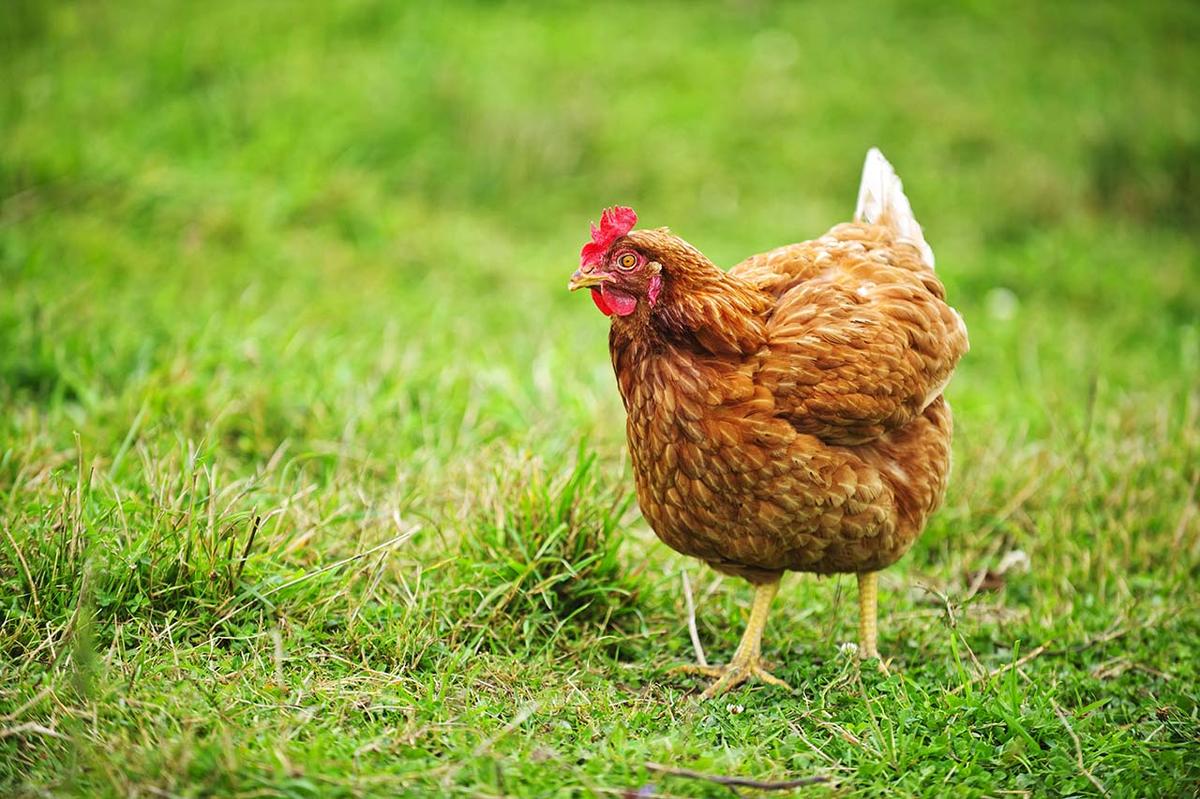
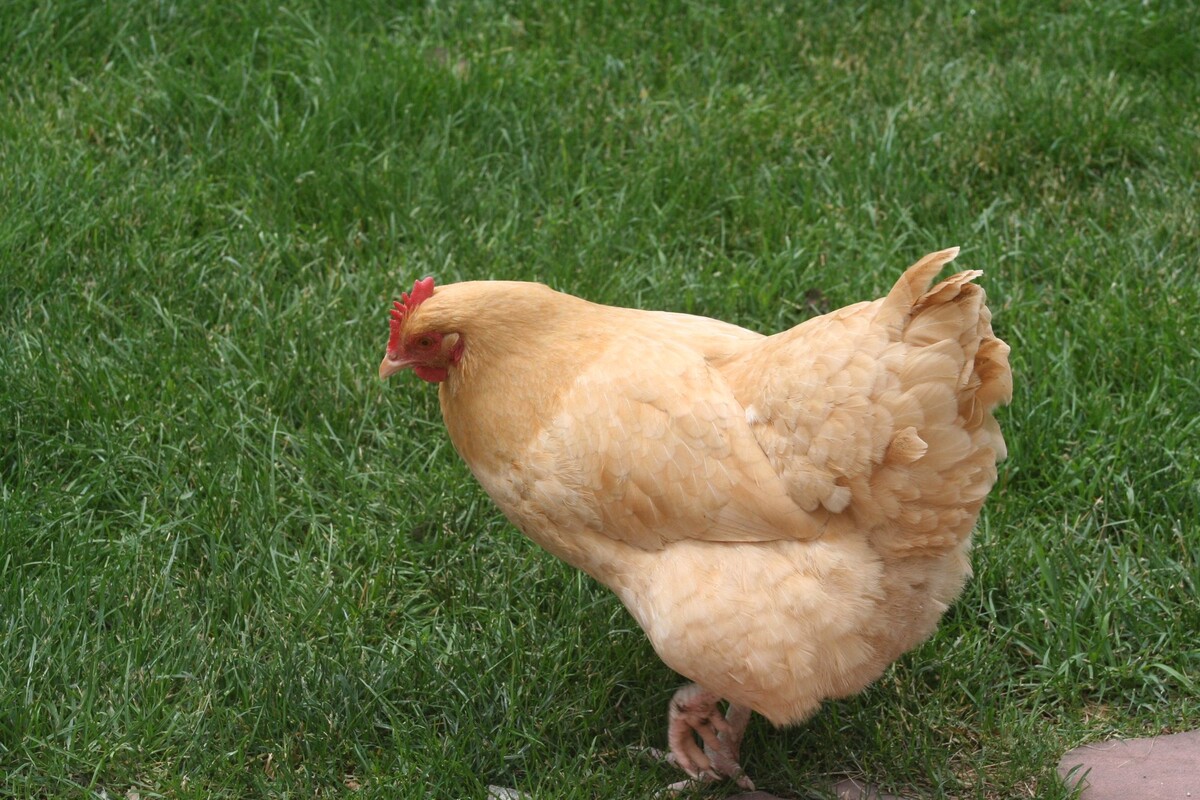

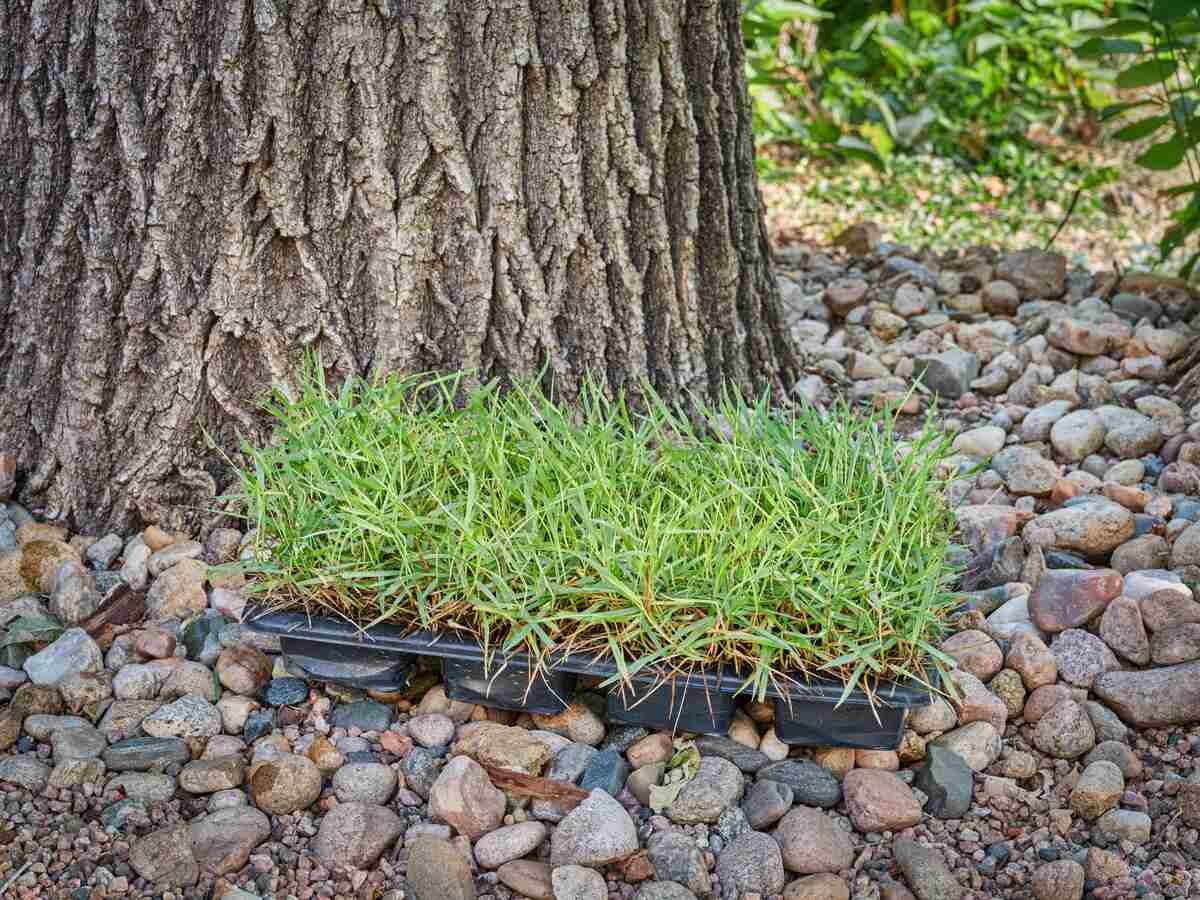
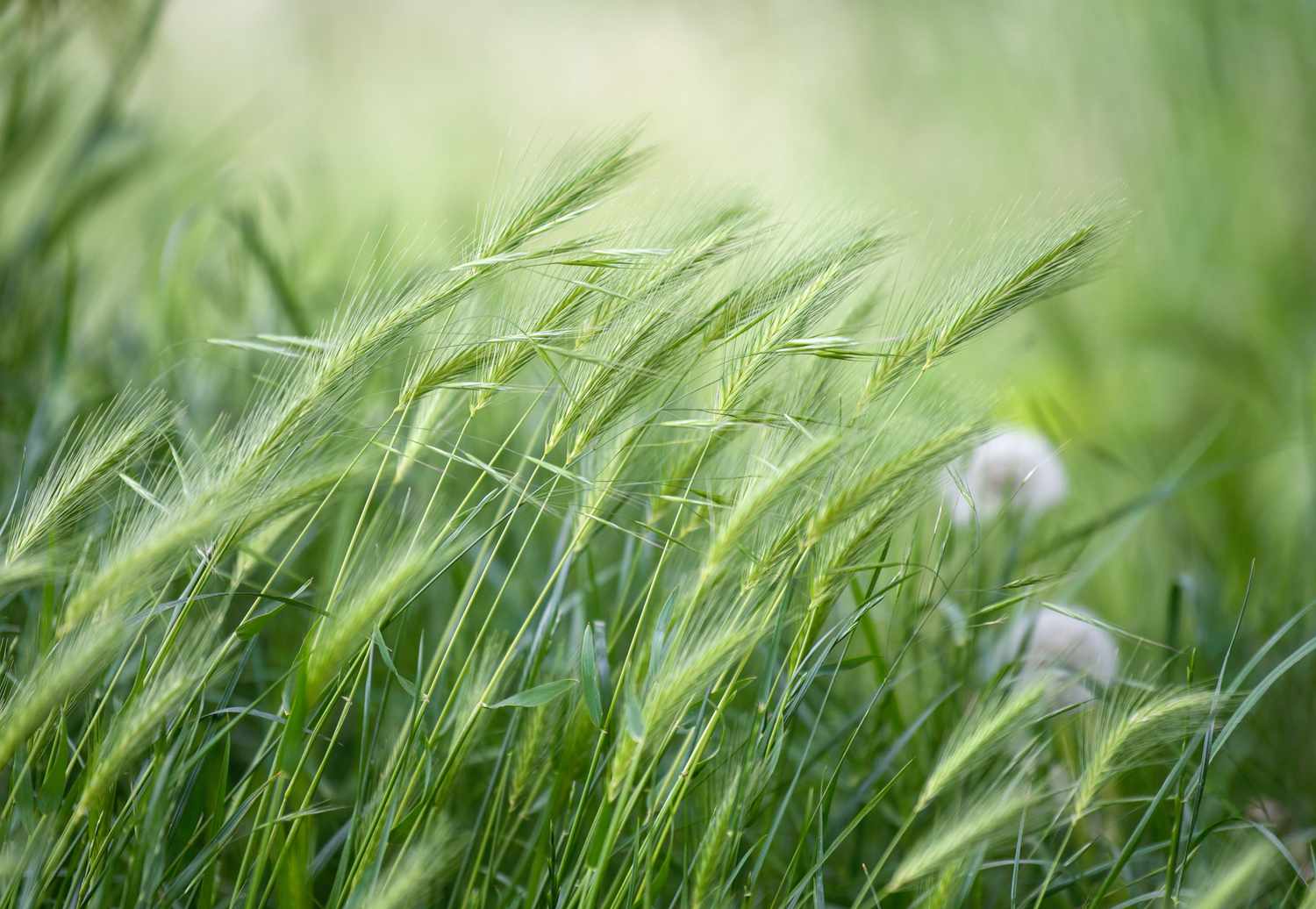


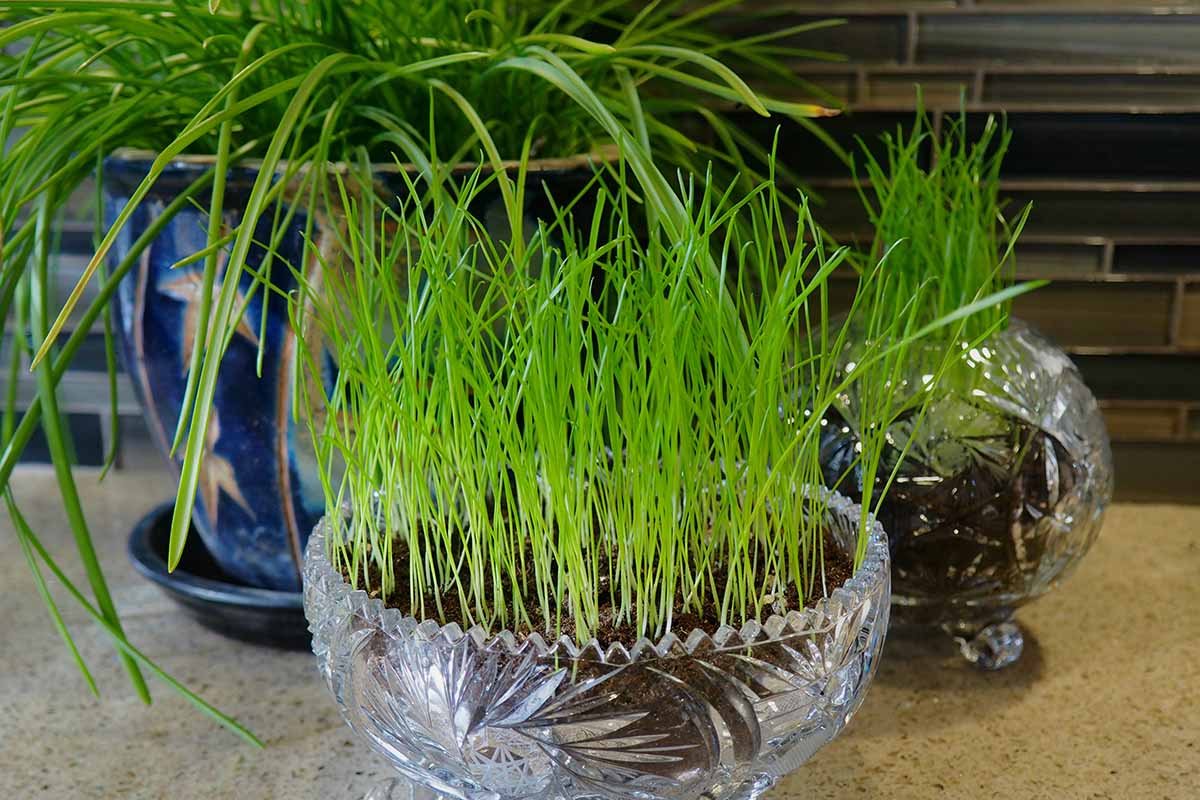
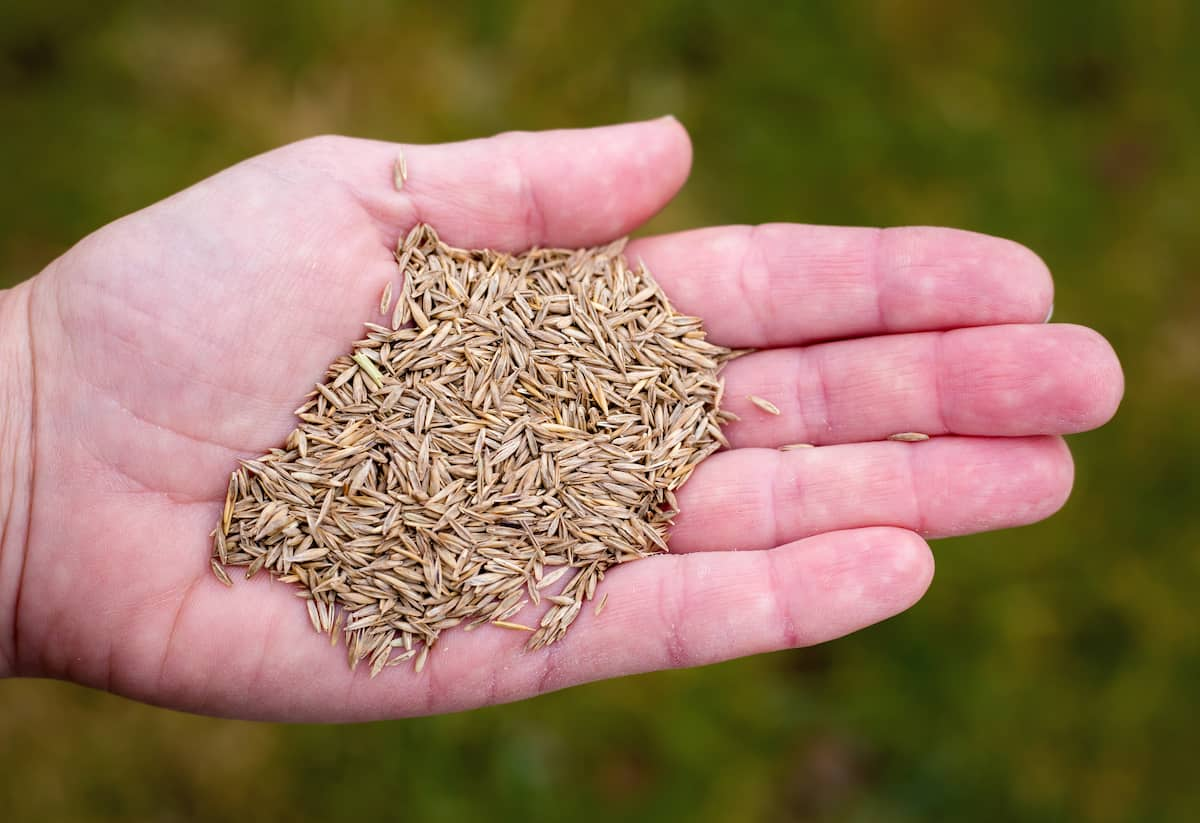
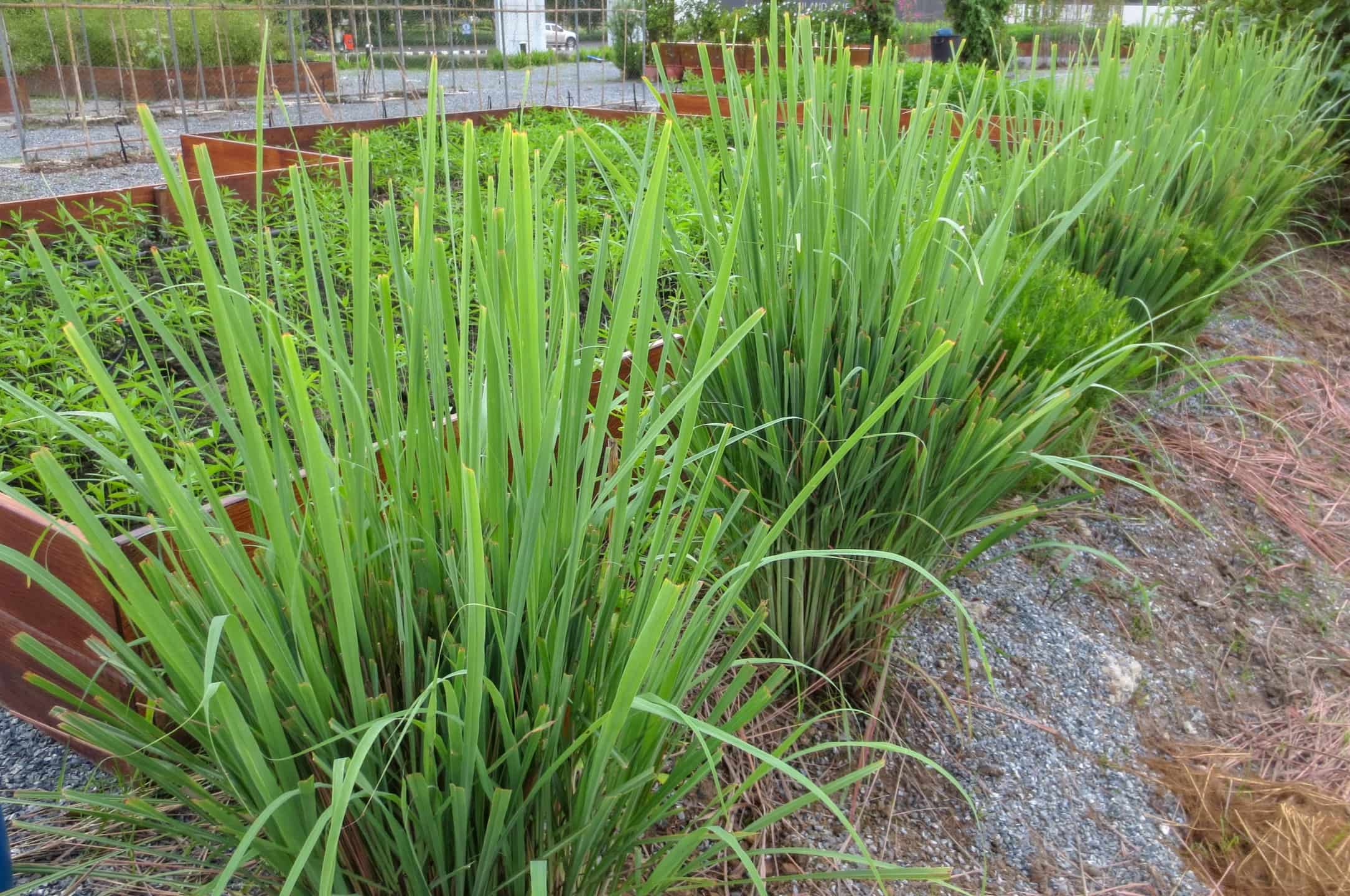

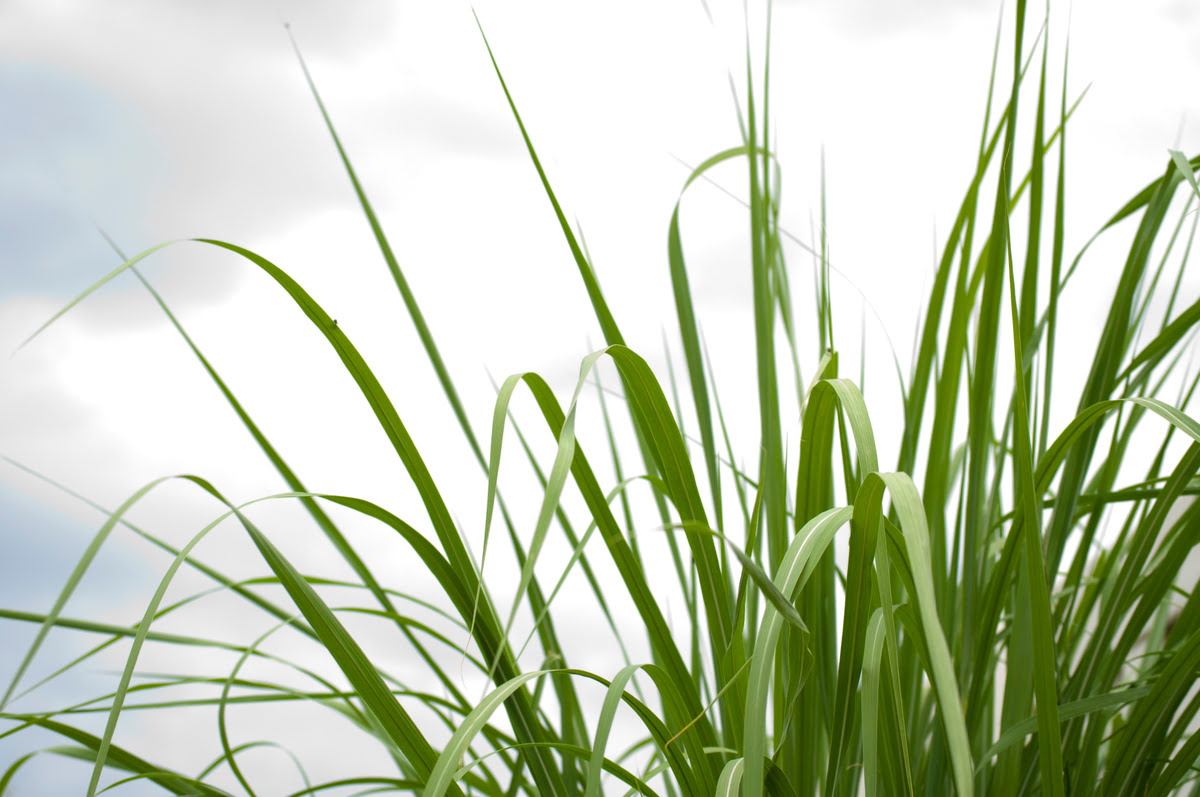

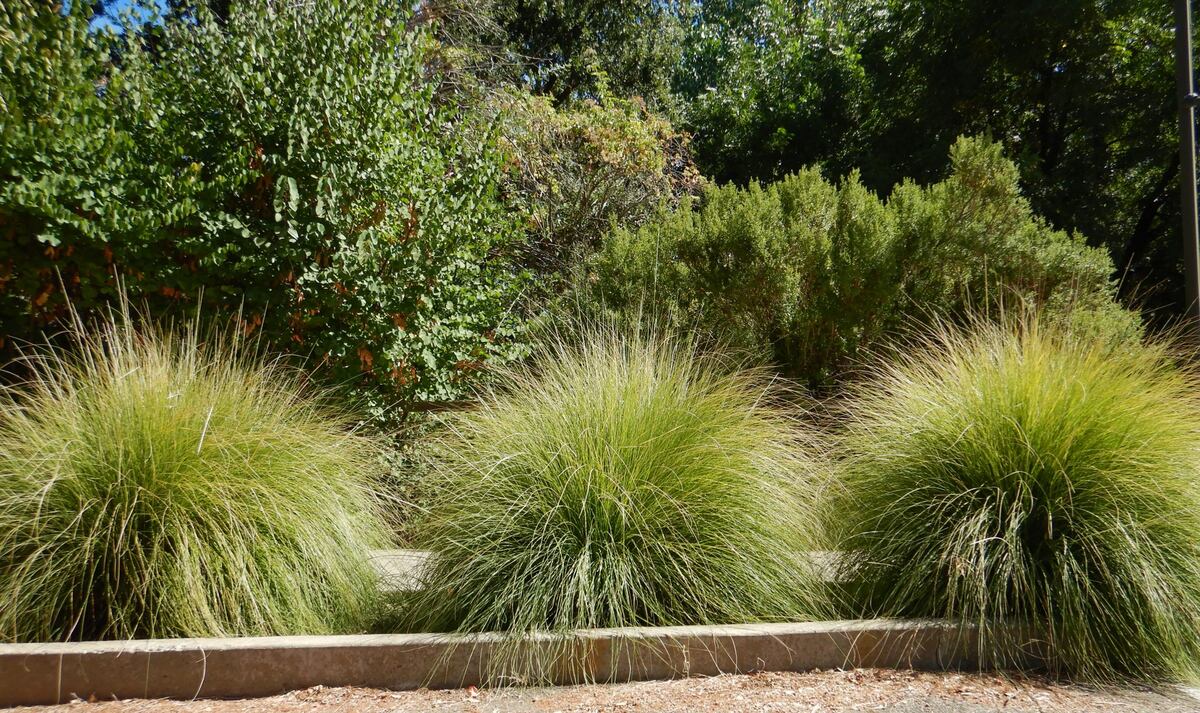

0 thoughts on “How To Grow Grass In A Chicken Run”